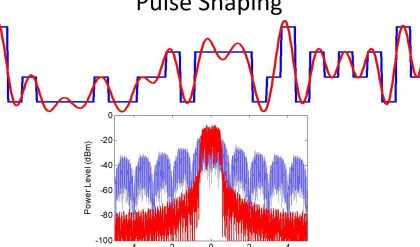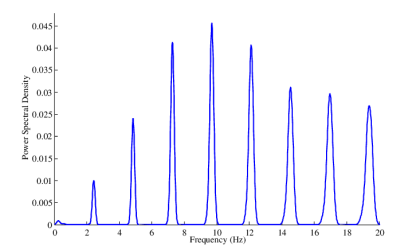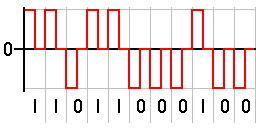We all know that most signals are transmitted in terms of electromagnetic or radio waves. As we have come across in the discussions on the topics of Amplitude Modulation and Frequency Modulation, the original signal is superimposed on a carrier signal or changes its frequency to carry the information from the sender to the receiver where it is demodulated and converted back into the original signal.
Every signal is composed of a large number of wavelengths of different frequencies and this signal is unique in terms of its composition. This brings us to the methods employed in the process of identification of the signal. This is where the concept of Bandwidth comes into the picture. So, what is Bandwidth of a signal?
Bandwidth of Signals

The bandwidth of a signal is defined as the difference between the upper and lower frequencies of a signal generated. As seen from the above representation, Bandwidth (B) of the signal is equal to the difference between the higher or upper-frequency (fH) and the lower frequency (fL). It is measured in terms of Hertz(Hz) i.e. the unit of frequency.
Let’s understand this better with the help of an example. Whenever you tune into a radio you find various stations at varying particular frequencies. The bandwidth of FM radio is 200 KHz from 88.1 MHz to 101.1 MHz for most places. As you tune, the radio you find various stations at various frequencies.
Neither do all the channel occupy all the frequencies nor is there no channel at every frequency, but every channel has its own unique frequency like an ID.
Given above is a diagram representing various bandwidths of electromagnetic waves and it goes a long way in helping identify the type of wave on basis of its frequency and thus determining its applications. Thus we see that bandwidths exist for all kinds of waves in both the visual and audio spectrums and well beyond them as well.
The audible bandwidth of human ear ranges from 20 Hz to 20,000Hz. Sounds below 20Hz are known as Infrasonic and sounds above 20000Hz are known as ultrasonic. Dogs can hear ultrasonic sounds. Whereas Blue whales can produce infrasonic sounds. So let us now study some applications of various signals in various bandwidths.





